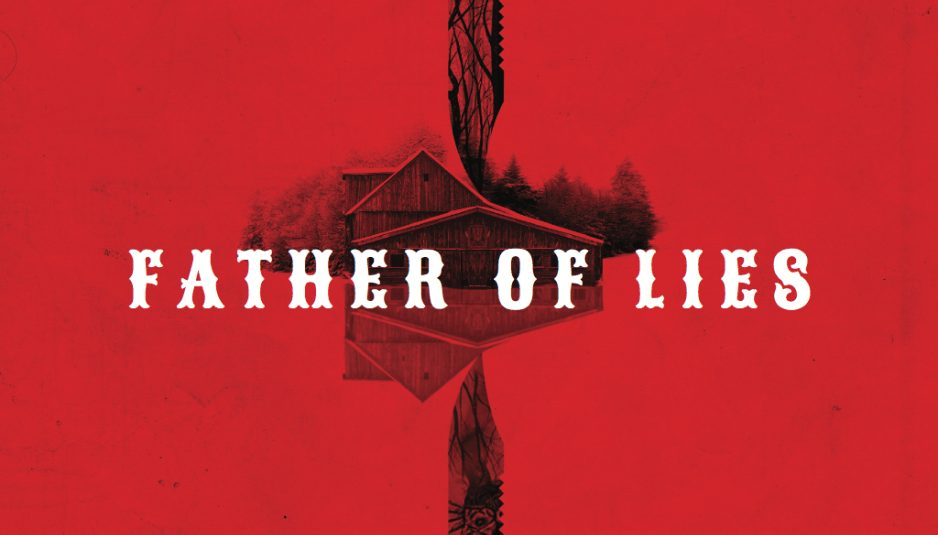In a claustrophobic, black sheet-covered room, two men in suits stand at the front, their grim expressions lit by an overhead projector. As the audience settle, one reads aloud from a German letter projected on screen, an old fashioned shutter sound accompanying the change to the next image as a sinister and suspenseful tone settles over the room.
The mood shifts as the letter is finished and the men introduce themselves as Steve Griffin and Nathan Jones, their opening funereal faces and dramatic reading replaced with friendly, open and encouraging words.
The audience are asked to share their beliefs and raise their hands if they believe in God, the Devil, witches and ghosts. The audience interaction is non-threatening and fosters a sense of connection and communication. Two members of the audience offer up fascinating personal ghost stories and the open dialogue that is created heightens the intimacy of the small venue, cementing the evening as a shared experience with different viewpoints and beliefs being considered, listened to and respected.
Further images are shown on the overhead projector of stigmata, possession and a dog’s backside which many online believes looks like the face of Jesus, and this mix of humour and disbelief – paired with the disturbing images – helps prevent the discussions and main narrative from veering into melodrama.
Once the audience have shared their stories, the duo describe their own beliefs and provide background information on the murder case the show will focus on – including why the two were drawn to it and which book they used to research the case. This sets the scene for the main show and illustrates that this will not a gory, gratuitous romp but a thoughtful exploration of a mysterious, unexplained event.
Showing images on the projectors of the main figures in the event, a young Israeli woman and a German vicar, the story is brought together clearly and cleverly, with enough visual cues to balance the talking. The calm and balanced voices of Griffin and Jones are infused with just enough emotion to draw out the intrigue and drama of the plot.
The documentary-style detailing of the case is interspersed with reenactments. These dramatisations are expertly conducted; short and snappy but full of tension. The transition from storytelling to acting is fluid and adds an extra dimension to the narrative, making the story come to life and lifting it from simply being a true-crime retelling to a theatrical experience.
Suspense is built expertly through both the lecture-style coverage and the acting to reach a truly horrifying climax, with crime scene photos, a reading of a letter by the convicted murderer and a discussion of possible theories bringing the show to a well-rounded conclusion, whilst also leaving room for the audience’s interpretations.
Father of Lies is a thoughtful, frightening and brilliantly-paced exploration of a disturbing and mysterious 1970s murder case, which involves just enough audience interaction to make the show feel like a personal experience.
